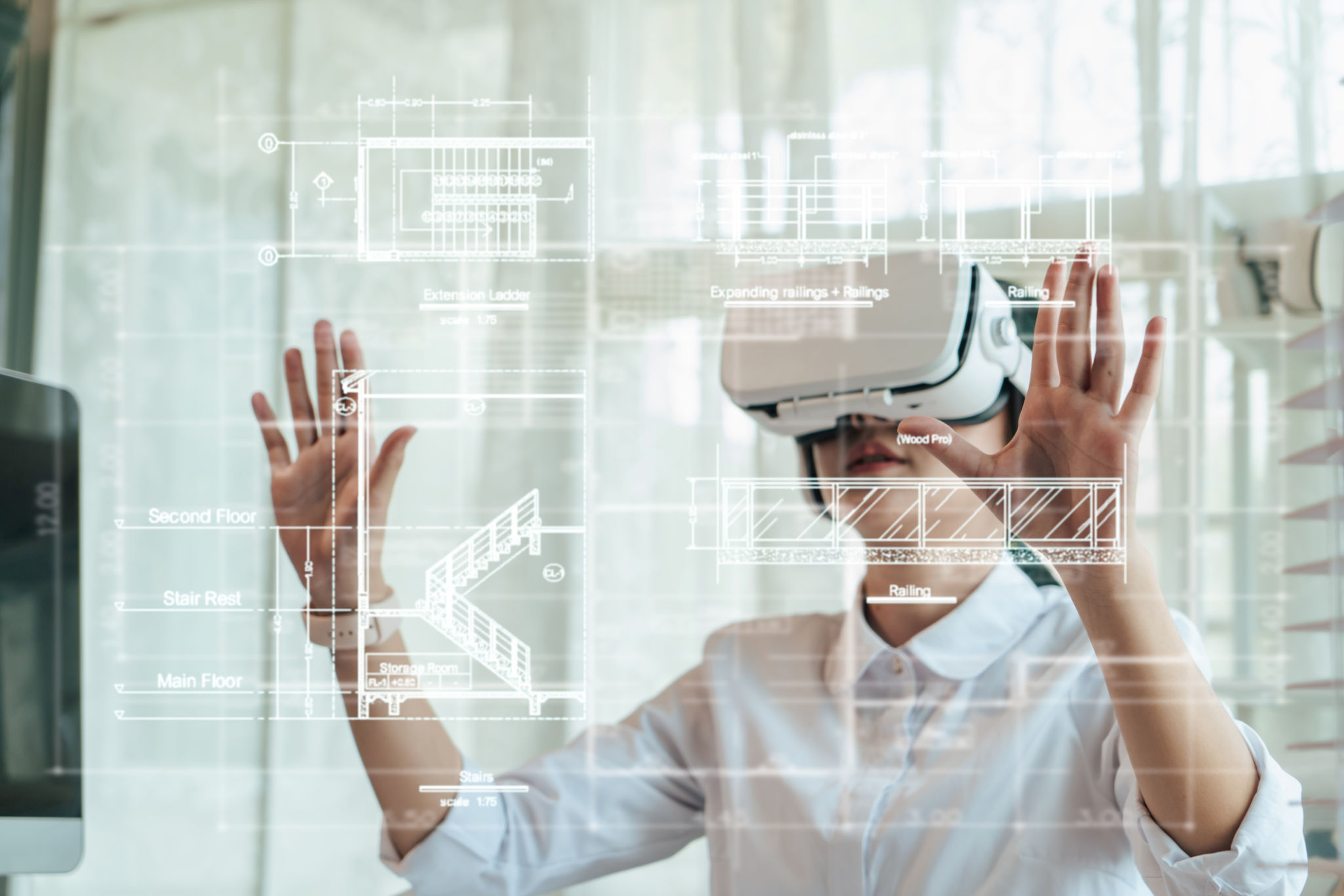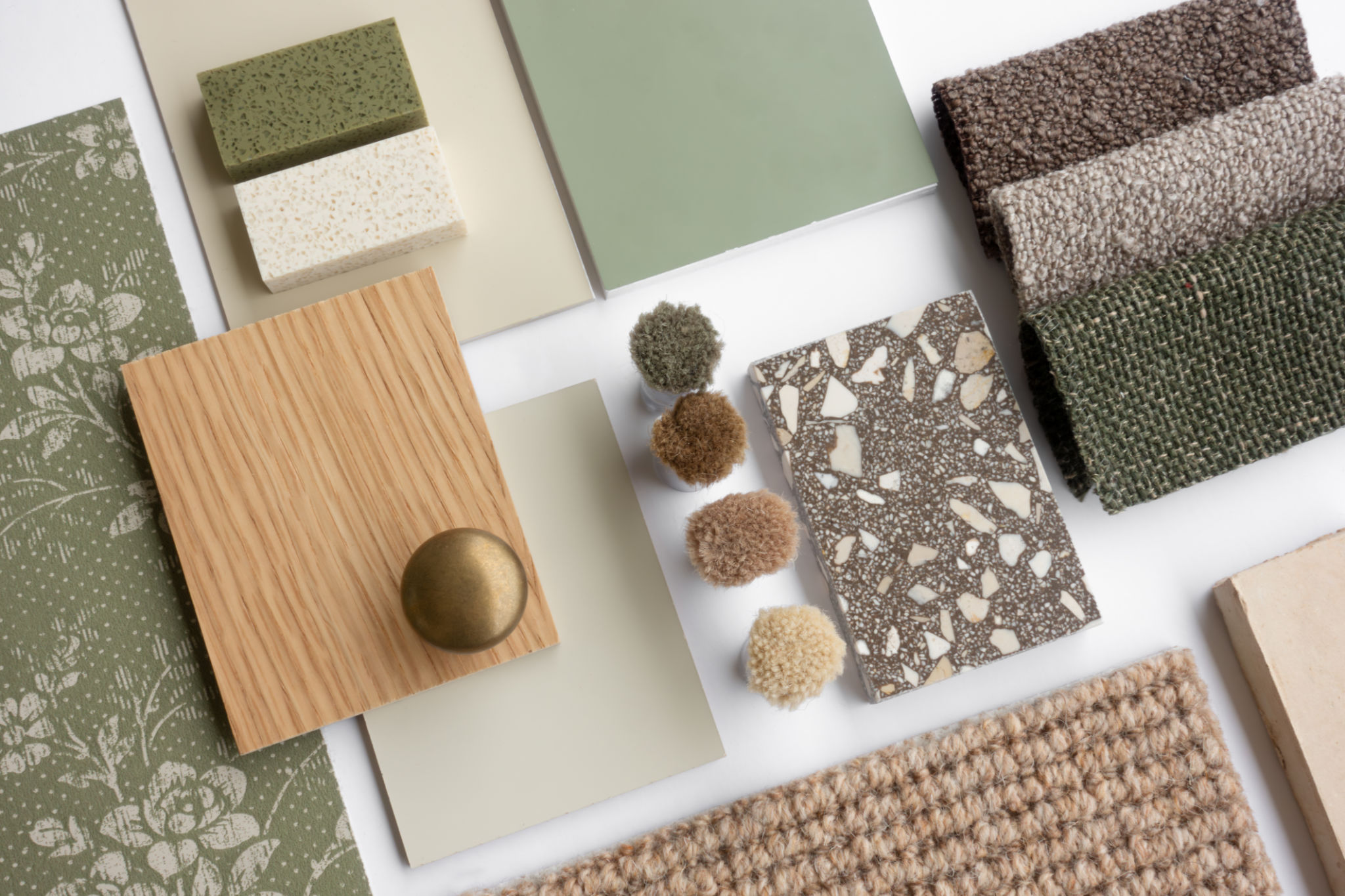Exploring the Future of Interior Design with BIM Technology
The Rise of BIM Technology in Interior Design
Building Information Modeling (BIM) technology is revolutionizing the way interior designers approach their craft. By integrating digital representations of physical and functional characteristics of spaces, BIM provides a comprehensive platform that enhances the design process, allowing for more efficient and effective project management.
BIM technology stands out as a game-changer primarily due to its ability to facilitate detailed 3D modeling and data management. This means that designers can now create virtual simulations of interior spaces, enabling them to visualize and modify designs before any physical work begins. The technology not only enhances creativity but also optimizes resource allocation and minimizes errors.

Benefits of BIM for Interior Designers
One of the most significant advantages of BIM in interior design is the improved collaboration it offers. With all stakeholders working on a single, unified model, communication becomes seamless and efficient. This leads to fewer conflicts and misunderstandings during the design and construction phases.
Moreover, BIM allows for more accurate cost estimations and timelines. By having access to precise material quantities and construction sequences, designers and project managers can make informed decisions that keep projects on budget and on schedule. This predictability is a major benefit in an industry where time and costs are crucial.

Enhanced Visualization and Design Flexibility
BIM makes it possible to explore various design scenarios without the need for costly physical prototypes. Designers can experiment with different layouts, materials, and lighting setups, providing clients with a realistic view of the final outcome before any commitment is made.
Additionally, the technology offers unparalleled flexibility. Changes to the design can be made swiftly and efficiently, and their impacts can be assessed immediately. This adaptability is invaluable in a field where client preferences and project conditions can change rapidly.
Sustainability Through BIM
As sustainability becomes a central focus in interior design, BIM plays a crucial role in promoting eco-friendly practices. The technology enables designers to analyze energy consumption patterns and assess the environmental impact of materials and processes, encouraging more sustainable choices.
By simulating various energy-efficient designs, BIM helps in achieving optimal solutions that reduce carbon footprints. This not only aligns with modern sustainability goals but also meets the growing demand from environmentally conscious clients.

The Future of Interior Design with BIM
The future of interior design looks promising with the continuous advancement of BIM technology. As more professionals adopt this tool, we can expect more innovative designs that are both aesthetically pleasing and functionally superior.
BIM's potential for integration with other emerging technologies like virtual reality (VR) and augmented reality (AR) further expands its capabilities. These integrations promise to create immersive experiences that will redefine client interactions and expectations.
In conclusion, BIM is not just a trend; it is an essential tool that is reshaping the landscape of interior design. Its impact on creativity, efficiency, sustainability, and client satisfaction is profound, making it an indispensable asset for any forward-thinking designer.
© 2025 GVS BIM LEARNING – All Rights Reserved.